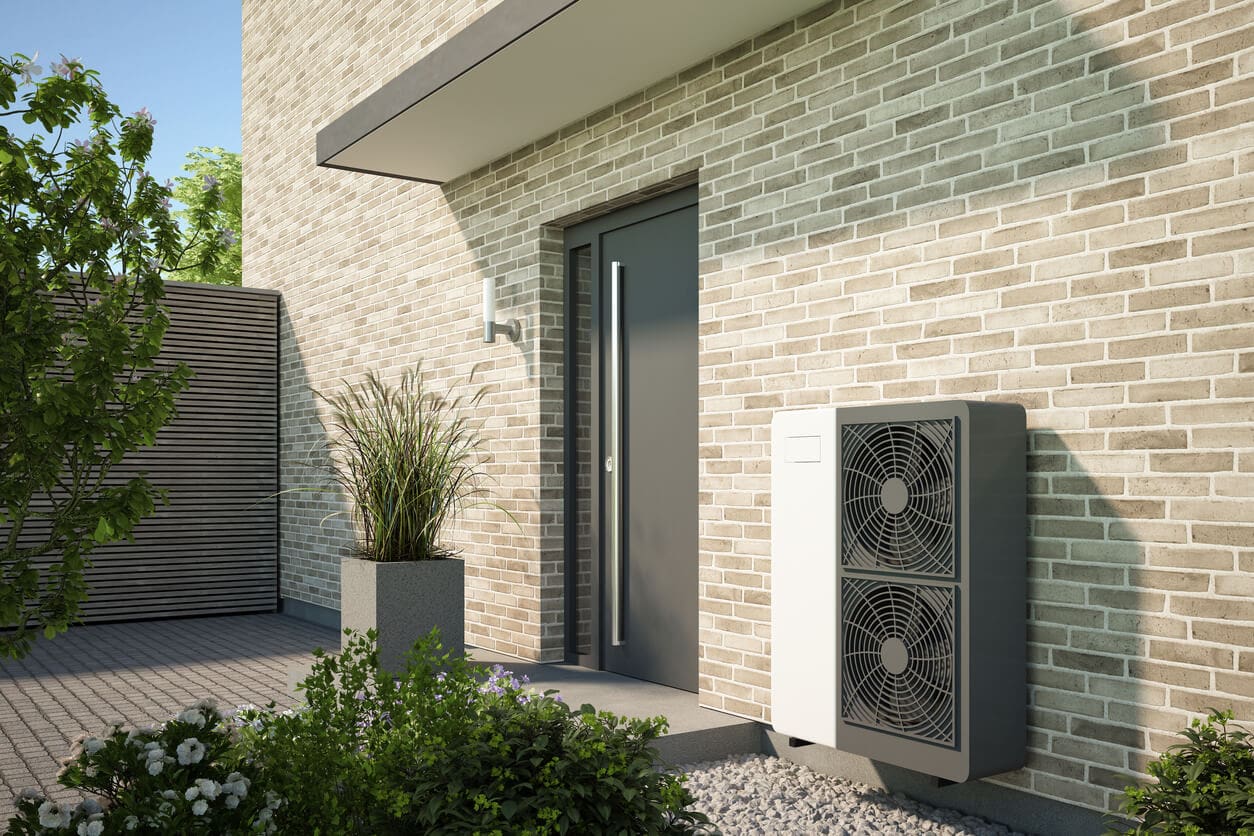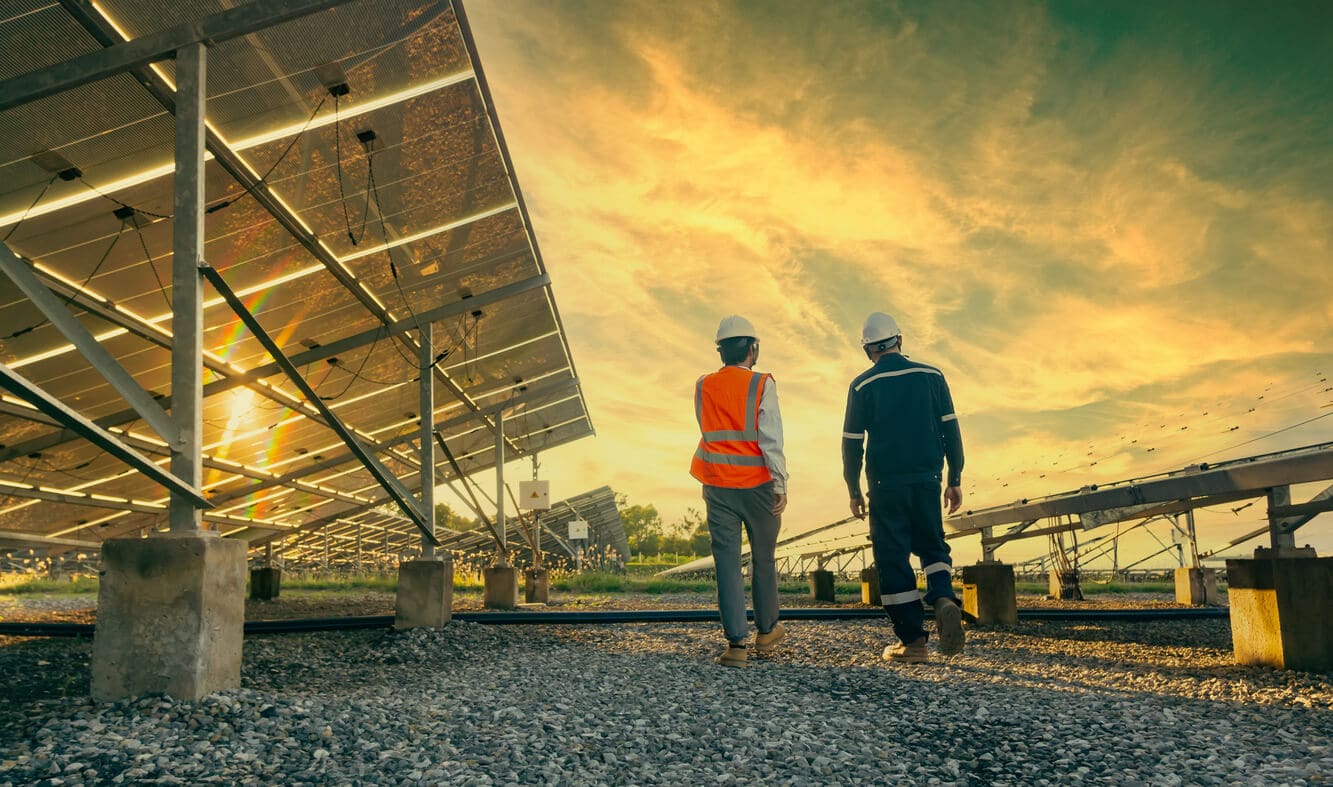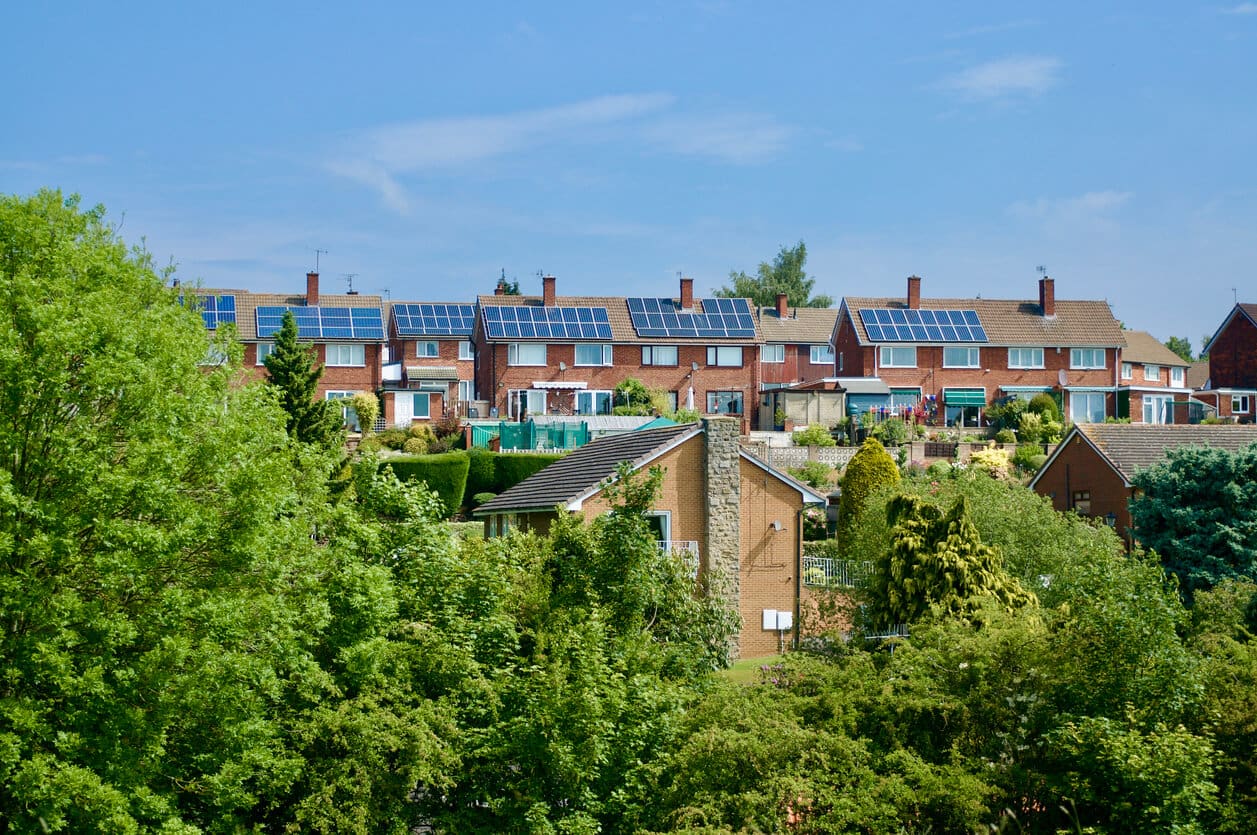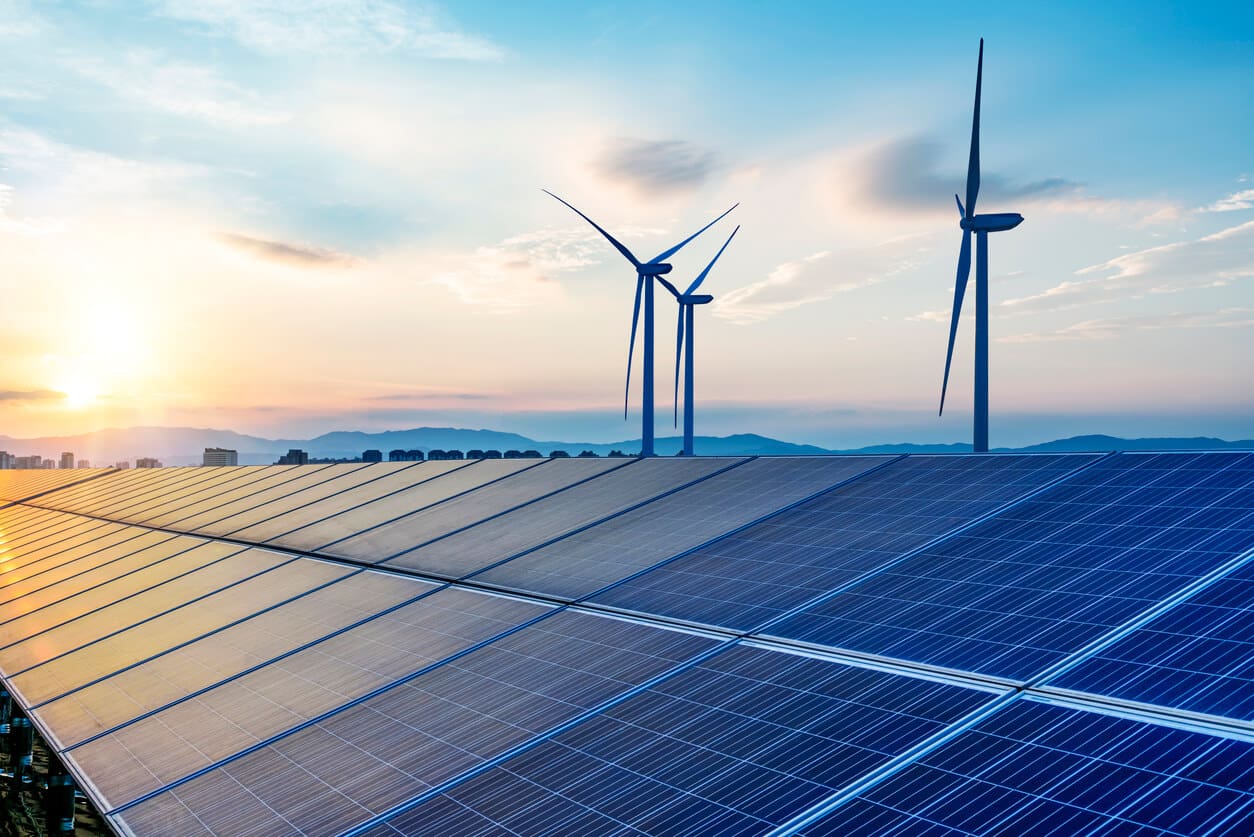
Air Source Heat Pump Installation: Everything You Need to Know Before You Book
Tired of unpredictable heating costs and energy compliance pressure? You’re not the only one. Across...

Solar
In recent years, the demand for commercial solar panels has skyrocketed, and for good reason. The technology behind solar panels, particularly Solar PV (Photovoltaic) systems, has improved significantly and businesses worldwide are eager to change to renewable energy solutions. However, as with any substantial investment, the key to success lies in maximising your return on investment (ROI).
Let’s have a look at some of the best ways to ensure that your commercial solar panel installation brings you the best possible ROI while helping you meet sustainability goals. From choosing the right solar panels to proper maintenance, there are several factors that can influence the overall performance of your solar PV system.
First and foremost, why is Solar PV such a smart investment for businesses? Solar PV systems convert sunlight into electricity, allowing businesses to generate their own energy and reduce reliance on the grid. This can lead to significant cost savings, particularly as energy prices continue to rise globally.
What’s more, businesses are increasingly under pressure to reduce their carbon footprint. Governments are setting ambitious net-zero targets, and consumers are favouring companies that prioritise sustainability. By investing in solar PV, businesses can demonstrate their commitment to the environment while also saving money in the long term.
But simply installing a solar PV system isn’t enough. To truly maximise your ROI, it’s important to take the right steps to make sure your system operates at its peak efficiency.
One of the most impactful decisions you’ll make is selecting the right solar panels for your installation. Not all solar panels are created equal, and their efficiency plays a major role in determining how much electricity your system can generate.
Solar panel efficiency is measured as the percentage of sunlight that is converted into usable electricity. While older models averaged around 15% efficiency, advances in technology have pushed this number higher. Today, many panels offer between 20-22% efficiency, with top models like those from Aiko and Longi reaching 25%.
Although higher-efficiency panels tend to come with a higher upfront cost, the investment is well worth it. More efficient panels generate more electricity, which directly translates into higher energy savings and a faster ROI. If your goal is to maximise your system’s output, investing in top-tier panels should be a priority.
Proper placement is crucial to getting the most out of your solar PV system. Solar panels need direct sunlight to generate electricity and even partial shading can reduce their output.
When planning your installation, take the time to thoroughly assess the site. Trees, buildings, or other obstructions that cast shadows over your panels could have a large impact on your system’s performance. Even shading on just one panel can affect the energy production of neighbouring panels in the same series, acting as a resistor and reducing overall output.
By carefully choosing a location free of obstructions, you’ll ensure your solar panels are exposed to maximum sunlight throughout the day, which will boost your ROI.
Installing solar panels may seem straightforward, but several technical factors can impact the efficiency of your system. For example, the orientation and angle of the panels are critical. In the northern hemisphere, panels should generally face south for optimal sunlight exposure. In the southern hemisphere, they should face north. The ideal angle of tilt typically ranges between 18 to 36 degrees, depending on your location – in the UK its between 38 and 42 degrees although most commercial roofs are 8-15degrees.
Additionally, temperature can affect solar panel efficiency. As temperatures rise, the performance of solar panels can drop. To prevent overheating, there should be enough space between the panels and the roof to allow for air circulation.
Enlisting the help of professionals who specialise in commercial solar panel installation can ensure that these factors are taken into account. A well-installed system will function more efficiently, leading to better energy production and a higher ROI over time.
While solar panels are generally low maintenance, they do require some attention to keep operating at peak performance. Dust, dirt, and other debris can accumulate on the surface of the panels, reducing the amount of sunlight they receive. This in turn decreases the efficiency of your system and ultimately impacts your ROI.
In regions with regular rainfall, cleaning may only be needed once or twice a year, as rainwater can naturally wash away much of the debris. However, in drier areas, dirt buildup can lead to a significant drop in efficiency—up to 20% in extreme cases.
Regular cleaning is a simple way to ensure that your solar panels are always performing at their best. It’s worth scheduling an annual cleaning or hiring professionals to do it for you to avoid unnecessary efficiency losses.
One of the most effective ways to maximise your ROI is by keeping a close eye on your system’s performance. Many businesses make the mistake of installing solar panels and then assuming everything is working fine as long as the initial output looks good, but without monitoring, you may not notice when the efficiency of your system starts to decline.
Solar monitoring software can help you track the performance of your solar panels over time. By monitoring energy generation, you can quickly identify any dips in output that could indicate a problem, such as dirty panels or faulty components.
You can also set up alerts within the software to notify you if your solar panels are producing less electricity than expected. This allows you to take immediate action to fix the issue, ensuring that your system continues to operate at maximum efficiency.
Most parking areas offer a potential location for a solar car port structure. These are designed to create a solar canopy and turn your parking spaces in a solar power station. Car Ports can also be integrated with EV chargers for dedicated EV charging spaces, LED lights for added security and even rain water harvesting. There is also the potential to add signage and advertising to these new structures creating another source of revenue.
Investing in solar PV for your business is an excellent way to reduce energy costs, meet sustainability goals and improve your bottom line. However, to truly maximise your ROI, you need to take the right steps to ensure your system performs efficiently throughout its lifetime.
At ESS Group we offer tailored solar PV solutions, including advanced options like Solar Trackers, Car Ports and integrated EV charging systems. Our expert team ensures professional installation and also provides financing options like Power Purchase Agreements and leasing to suit your business needs. Ready to take the next step? Contact us today to learn how solar PV can transform your energy savings!

Tired of unpredictable heating costs and energy compliance pressure? You’re not the only one. Across...

Energy costs remain one of the biggest overheads for UK businesses and 2025 is no...

With energy bills remaining high and the pressure to cut carbon emissions increasing, 2025 is...
We’re here to help with all your renewable energy needs.
Contact us today for expert advice, consultations, and support.